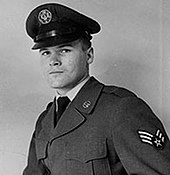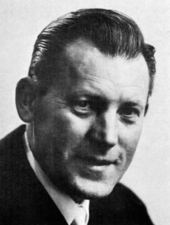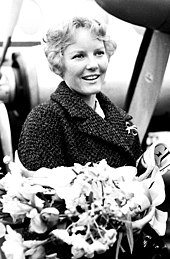
"Strangers in the Night" is a song composed by Bert Kaempfert with English lyrics by Charles Singleton and Eddie Snyder. Kaempfert originally used it under the title "Beddy Bye" as part of the instrumental score for the movie A Man Could Get Killed. The song was made famous in 1966 by Frank Sinatra.

"All I Ever Need Is You" is a popular song written by Jimmy Holiday and Eddie Reeves, and initially recorded by Ray Charles for his 1971 album, Volcanic Action of My Soul. The most well-known version of the song is the hit single by Sonny & Cher which, in 1971, reached No. 7 on the U.S. Billboard Hot 100, and was their single of greatest chart longevity, spending 15 weeks on that chart. Their album by the same title sold over 500,000 copies reaching RIAA gold status.

"Summer Wind" is a 1965 song, originally released in Germany as "Der Sommerwind" and written by Heinz Meier and German language lyrics by Hans Bradtke. Johnny Mercer re-wrote the song into English along the same themes as the original, which talked of the changing of the seasons using the Southern European sirocco wind as a metaphor. In America, it was first recorded by Wayne Newton and subsequently by Bobby Vinton and Perry Como.

"I'll Never Fall in Love Again" is a popular song by composer Burt Bacharach and lyricist Hal David that was written for the 1968 musical Promises, Promises. Several recordings of the song were released in 1969; the most popular versions were by Dionne Warwick, who took it to number 6 on Billboard magazine's Hot 100 and spent three weeks topping the magazine's list of the most popular Easy Listening songs, and Bobbie Gentry, who topped the UK chart with her recording and also peaked at number 1 in Australia and Ireland, number 3 in South Africa and number 5 in Norway.
"Winchester Cathedral" is a song by the New Vaudeville Band, a British novelty group established by the song's composer, Geoff Stephens, and was released in late 1966 by Fontana Records.
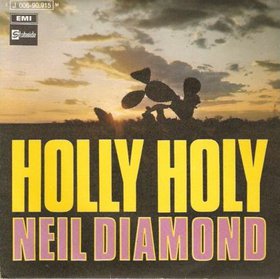
"Holly Holy" is a song written and recorded by Neil Diamond with instrumental backing provided by the American Sound Studio house band in Memphis. Released as a single on October 13, 1969, it was a successful follow up to "Sweet Caroline", reaching #6 on the U.S. pop singles chart by December. The song also reached #5 on the Easy Listening chart. It became a gold record and then eventually a platinum record.
"Moon Over Naples" is a 1965 instrumental composed and recorded by German bandleader Bert Kaempfert. The instrumental version reached No. 6 on Billboard's Adult Contemporary chart. It won a BMI Award in 1968.

Warm and Willing is the tenth studio album by American pop singer Andy Williams and was released in 1962 by Columbia Records. Allmusic's William Ruhlmann explained that Williams and producer Robert Mersey "followed the Sinatra concept-album formula of creating a consistent mood, in this case a romantic one, and picking material mostly from the Great American Songbook of compositions written for Broadway musicals in the 1920s and '30s by the likes of George and Ira Gershwin, then giving them slow, string-filled arrangements over which Williams could croon in his breathy, intimate tenor voice."

"My Angel Baby" is a 1978 song by Toby Beau. "My Angel Baby" was written by band members Danny McKenna and Balde Silva. The single, from the group's self-titled album, went to #1 on the Easy Listening chart for one week, and peaked at #13 on the Billboard Hot 100. "My Angel Baby" was the group's only Top 40 single. In Canada, the song reached #10 on the Top 100 chart.
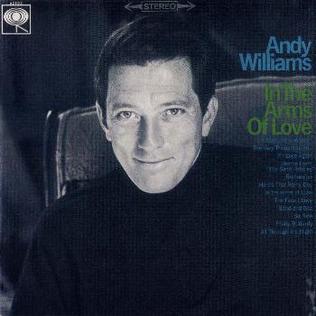
In the Arms of Love is the nineteenth studio album by American pop singer Andy Williams and was released on December 19, 1966, by Columbia Records and was the last of twelve consecutive Williams studio LPs produced by Robert Mersey.

Love Story is the twenty-seventh studio album by American pop singer Andy Williams that was released on February 3, 1971, by Columbia Records. This was another in his series of cover albums, but the title track, subtitled "Where Do I Begin", was the one song included that he originated.
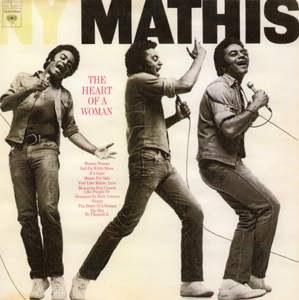
The Heart of a Woman is an album by American pop singer Johnny Mathis that was released on November 25, 1974, by Columbia Records. Produced by ex-Motowner Johnny Bristol, the LP is made up mostly of new material, in that only three of the 10 songs had already been recorded by other artists.
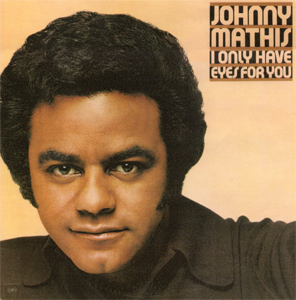
I Only Have Eyes for You is an album by American pop singer Johnny Mathis that was released on May 10, 1976, by Columbia Records and included two new songs, "Yellow Roses on Her Gown" and "Ooh What We Do", which was written specifically for him, as well as a contemporary arrangement of the 1934 title track that foreshadowed his recordings of standards that incorporated a disco beat a few years later.

